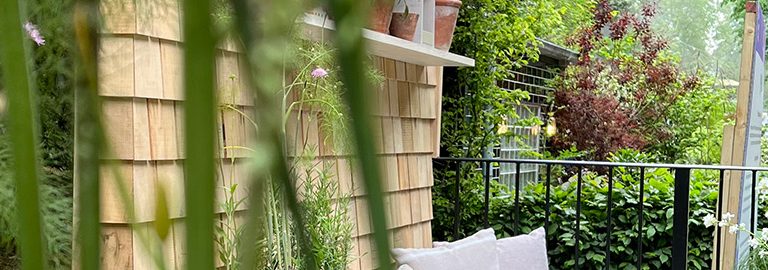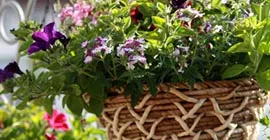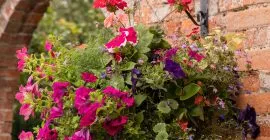Many people have balconies rather than gardens, but this does not mean they cannot be gardeners! Balconies can be turned into the most impressive green spaces, full of beautiful blooms and overflowing vegetable plants. If you would like to create your own balcony garden, follow our top tips…
Before Creating Your Balcony Garden
Before starting to create a balcony garden, you should check the weight loading of your balcony. It is usually 70kg per m2 but ensure you verify this is correct for your balcony.
Plan where everything is going to go on your balcony. It is important to place the heaviest parts of your balcony garden closer to load-bearing walls or joists, so create a clear plan of where the large items such as planters and furniture can go.
Ensure you have a seating area planned for your balcony garden. Once you’ve created a beautiful space, you’ll need somewhere to sit and enjoy it, so ensure you have a seating area or space for chairs planned in.
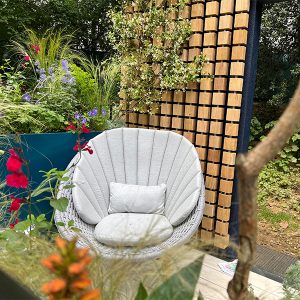
Maximise your space and think vertical. Shelves or hanging plants will maximise the plants you can fit onto your balcony.
Choosing the right plants for your balcony garden
To ensure privacy on your balcony, use taller plants towards the railings, these will act as a privacy screen to make your balcony feel enclosed, just like a fence does around a garden!
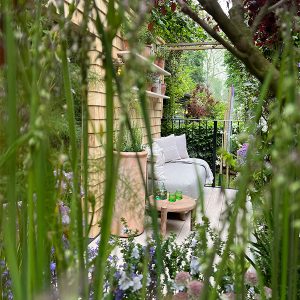
Use the right plants for the orientation of your balcony. North-facing balconies should feature shade and dry tolerant plants. Japanese anemones, astrantia, euphorbia, fatsia japonica, hellebore, hydrangea and lily of the valley would all do well on a north-facing balcony. For south-facing balconies, choose plants that love sun! Jasmine, gardenia, geraniums, dianthus, herbs such as basil and parsley, and lots of vegetables will thrive in the sunny conditions of a south-facing balcony.
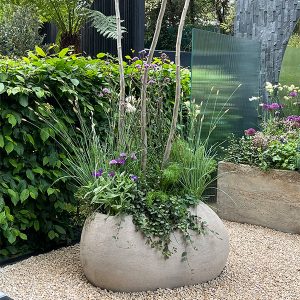
On a balcony, it is important to keep weight down, so once you’ve chosen your plants, make sure to use a lightweight growing medium. Peat-free compost tends to weigh less, so New Horizon All Plant Compost is a good choice and you can use materials like clay granules to further reduce the weight such as Hydroleca.
As all your plants will be grown in containers, it’s important to provide them with all the nutrients they need to flourish, so make sure to feed with Westland Boost each time you water.
Take Inspiration from Chelsea Flower Show
Chelsea Flower Show features balcony gardens to help inspire your design!
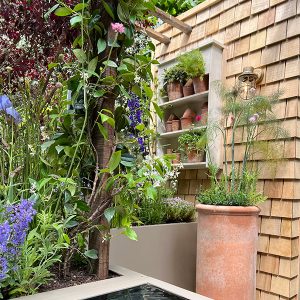
Use shelves to add more spaces for plants.
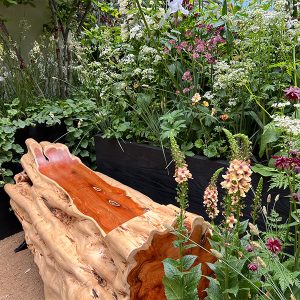
Seating areas can take many different forms, including carved logs!
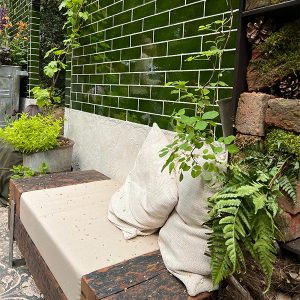
You can use different materials such as reclaimed bricks, alongside plants such as moss and ferns for a more lush, jungle look.

